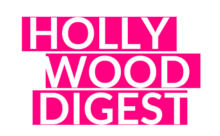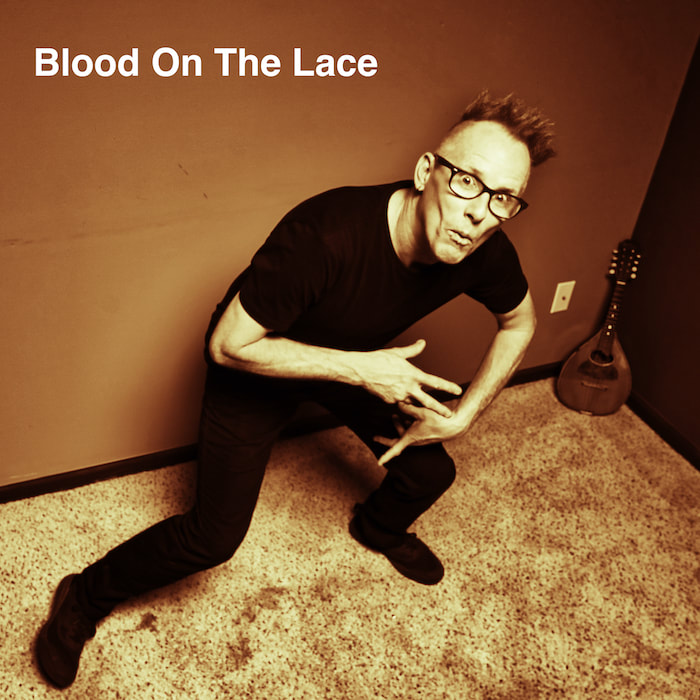In John Sanger’s latest single, “Blood On The Lace,” we encounter the ever-shifting terrain of music, a dynamic force that possesses the uncanny ability to connect with listeners on myriad emotional levels. This poignant composition, with its undeniable depth, resonated profoundly with me, evoking a poignant symphony of sorrow, regret and pain.
Though the exact thematic nucleus of “Blood On The Lace” remains open to interpretation, the song paints an emotive landscape that is both vivid and introspective. It conjures a vivid mental tableau of a man grappling with the ghosts of his past, bearing the heavy weight of regret, and confronting the long and uncertain road that stretches before him. This emotional narrative found its visual counterpart in the song’s accompanying video, aligning seamlessly with the evocative imagery that had taken root in my mind. Sonic-wise, “Blood On The Lace” straddles the blurred boundary between country and rock, carrying echoes of legendary figures like Johnny Cash. It is a composition steeped in reflection, underpinned by a rich instrumental ensemble.
The song boasts an array of elements, including organ, banjo, guitar, bass and powerful percussion, creating a layered auditory experience. John Sanger takes the helm with his commanding voice, a baritone instrument that reaches deep into the lower registers. Sanger’s vocal delivery is a masterful balance, allowing him to traverse his range with precision, without venturing into vocal acrobatics. It’s a voice that amplifies the emotional nuances of the song, rendering the lyrical narrative with gravitas and depth. An unassuming yet potent feature of “Blood On The Lace” is the subtlety in the composition’s layers. While no new instrumental elements are introduced, the musicians engage in a deeper exploration of their craft, subtly infusing the song with evolving emotional shades.
SPOTIFY: https://open.spotify.com/album/2z95HM73x810RGSduUxq4A?si=n7UFhQYwTYGalVrTrOVhGg
The composition’s initial moments evoke a man lost in the labyrinth of introspection, but as the song progresses, clarity emerges. The turning point arrives just past the two-minute mark, marked by a bridge that seamlessly guides the song into a new phase. Here, we find a brief interlude of solitude, with Sanger’s vocals standing unaccompanied. In due course, the instruments reintegrate, culminating in a grand finale-like outro. Impressively, the band maintains an equilibrium that prevents the song from veering into overwrought grandeur. The emotional intensity is retained, held together with masterful finesse.
“Blood On The Lace” made such a profound impact on me that I felt compelled to delve deeper into John Sanger’s discography. His undeniable musical prowess is on full display, beckoning music enthusiasts to explore the rich emotional landscape he crafts. I wholeheartedly urge fellow enthusiasts not only to listen but also to share his work and to immerse themselves in the accompanying visual dimension—an integral facet of Sanger’s artistry that adds an extra layer of depth to his musical storytelling.
Overall, I think Sanger’s music will resonate with a lot of people from a broad demographic. HIs music feels accessible. I can imagine people from all ages enjoying this. It’s relatable and palatable and I think at the end of the day that’s what people want to connect with when they listen to a song.
Garth Thomas

